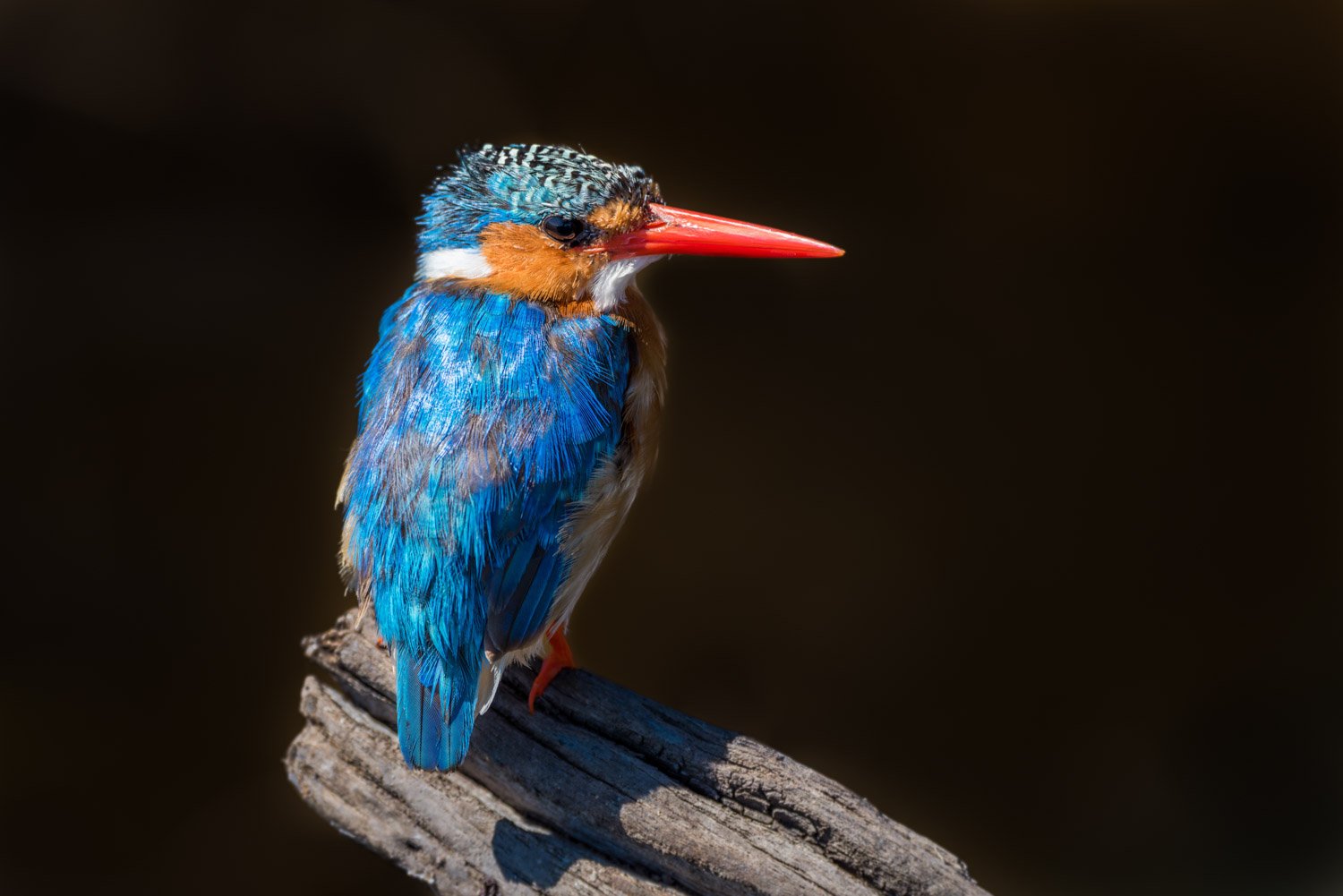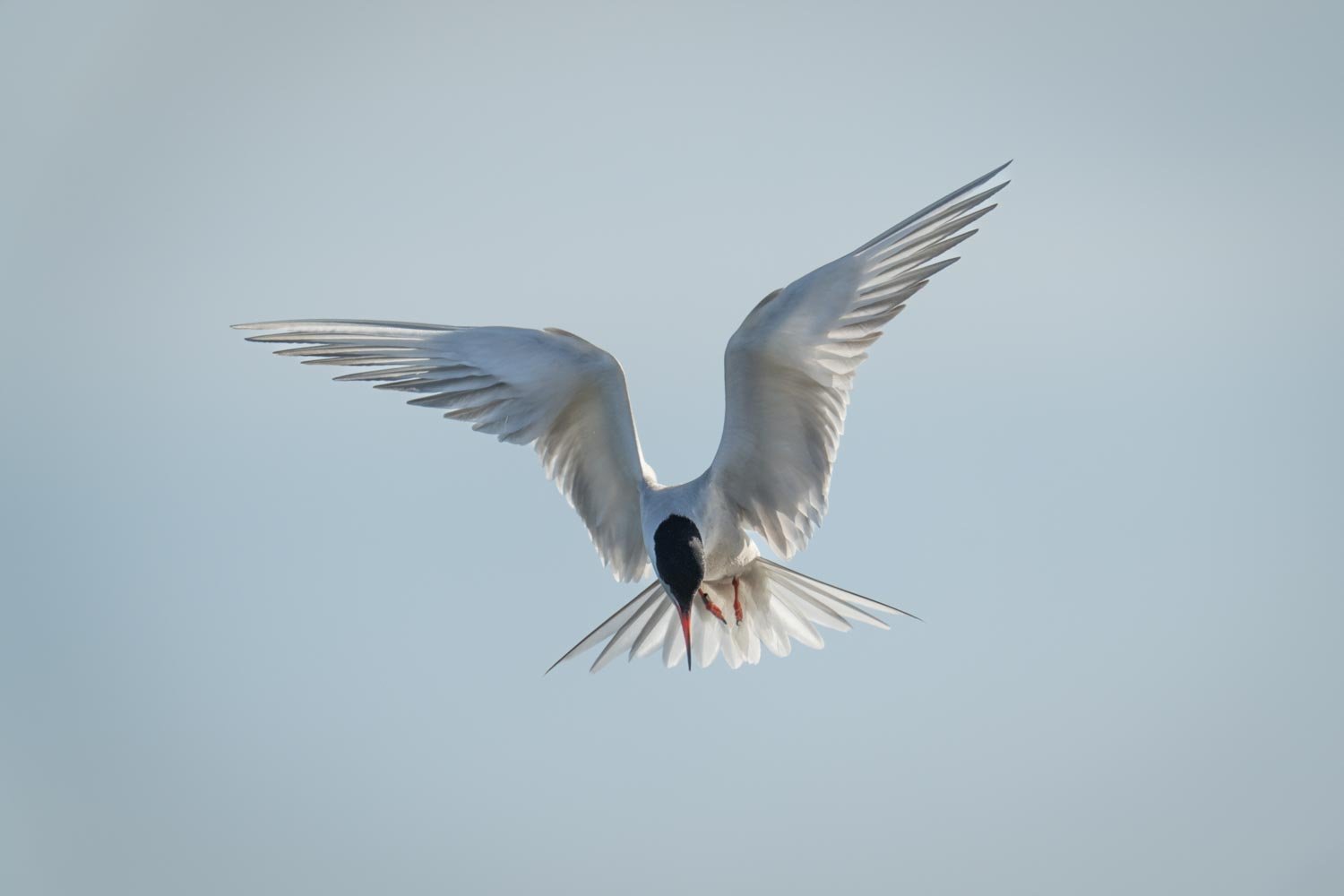Capture the Moment!
Since 2013, I’ve published hundreds of blog posts on all aspects of photography. Some are aimed at helping photographers with their technique, settings, and equipment, but others describe my exhibitions, workshops, and adventures in Africa, Antarctica, and beyond.
Feel free to browse chronologically or click on the category heading above any post for specific content, such as Equipment, Trips or Hints and Tips.
If you’d like to write a guest post, please drop me a line at nick@nickdalephotography.com or on +44 7942 800921.

How to Shoot Handheld
The first photograph was taken in 1826 by Joseph Nicéphore Niépce using a shutter speed of eight hours! He had to keep the camera still for so long that he needed a tripod. However, modern cameras and smartphones have brought shutter speeds down so far that most people shoot handheld. So what’s the best way to do it?

Blur the Foreground With 'Look-overs'
Wildlife photographer Andy Rouse is a big fan of doing ‘look-throughs’—pointing his camera through a hole in the foliage to create a blurred foreground.
In Africa and the polar regions, you don’t get many chances to do that, so I prefer the ‘look-over’. This involves filling the bottom third of the frame with a blurred foreground.

How to Photograph Birds Fishing from a Perch
We’ve all seen dramatic images of a kingfisher or bird of prey grabbing a fish while flying across a river or lake, but how do you get those shots? Bird in flight photography is hard enough without having to worry about the fish, too!

How to Photograph Birds Fishing from the Hover
Normally, I like to post a ‘successful’ picture to illustrate these hints and tips posts, but I can’t today because I failed miserably! I was trying to photograph a common tern diving for fish, but I just couldn’t get a good shot of the moment when it hit the water.

Polar bear heaven
Imagine you were given a chance to spend £10,000 on an 11-day trip that only involved four days actually photographing polar bears. Would you take it?

Wildlife Photography
Wildlife photography is a money pit.
Cameras, lenses and accessories cost thousands of pounds, and most people can’t resist a piece of new kit even if they don’t need it, so a lot of it just ends up gathering dust in the basement!
However, the good news is you don’t really need that much.
